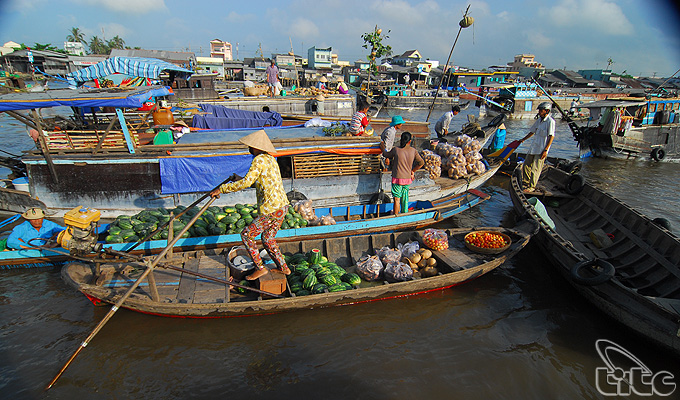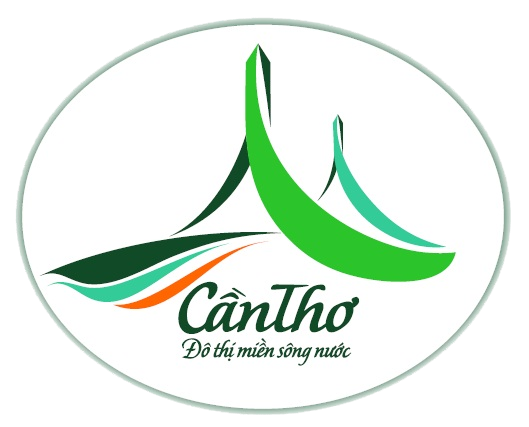Can Tho City and Phu Quoc Island will be developed into Mekong Delta tourism centres over the next five years, while My Tho City in Tien Giang Province will be made a tourism hub for the region’s eastern tourism zone.

An overall master plan for tourism development in the Mekong Delta region until 2020, with a vision to 2030, has been approved by Prime Minister Nguyen Xuan Phuc.
The plan aims to develop tourism in line with the region’s potential and advantages, affirm the region’s position in Viet Nam’s tourism map and enhance the position and role of tourism in the region’s development, thus improving the lives of locals and promoting the region to the country and the world.
The Mekong Delta region includes Can Tho City and 12 provinces – An Giang, Ben Tre, Bac Lieu, Ca Mau, Dong Thap, Hau Giang, Kien Giang, Soc Trang, Long An, Tien Giang, Tra Vinh, and Vinh Long – with a total area of 40,576 sq.km. Last year, the region welcomed 5.5 million arrivals, and this figure is expected to increase 15-17 per cent this year.
Meanwhile, under the newly-approved plan, the region hopes to welcome 34 million tourists, including 3.5 million foreigners by 2020, and 52 million arrivals with 6.5 million foreigners by 2030. These high figures make this plan an ambitious one for Viet Nam’s Government. The region targets total revenue of VND25 trillion (US$1.12 billion) by 2020 and $111 trillion ($5 billion) by 2030.
To achieve those goals, the region will focus on developing tourism products and areas.
The region hopes to develop typical, appealing and highly competitive tourism products, such as experiencing life on rivers, ecological tourism, tours to cultural heritage sites, sea-island resort tourism and entertainment.
Tourism products in the region also include community tourism, rural tourism, tours to historic-revolutionary sites, and meetings, incentives, conventions, and exhibitions/events (MICE) tourism. It will also pay attention to international markets, particularly Western Europe, North America, and East Asia.
Another major focus will be the form of five national tourism areas: Thoi Son in Long Lan Quy Phụng Island in the Tien River between Tien Giang and Ben Tre provinces; Phu Quoc Island in Kien Giang Province; Nam Can – Mui Ca Mau in Ca Mau Province; Tram Chim – Lang Sen in Long An and Dong Thap provinces and Nui Sam in An Giang Province.
It also focuses on seven tourist sites including the Happy Land entertainment complex in Long An province, Ong Ho Island in An Giang Province, the Commemorative Site for the Southern Đờn ca tài tử and Cao Van Lau musician in Bac Lieu Province, Ninh Kieu Wharf in Can Tho City, Ha Tien Town in Kiên Giang Province, Van Thanh Mieu in Vinh Long Province and Ba Om Pond in Tra Vinh Province.
Based on the network of inter-regional tours, topic-based tours like forest, sea, Dong Thap Muoi wetland, U Minh, and Nam Can and rural exploration ecological tours will be created.
The region will also develop national and international tourism tours in collaboration with HCM City, Can Tho City, and Ca Mau.
For example, the south coastal corridor route (Thailand – Cambodia – Rach Gia – Ca Mau) and tours via international border gates of Ha Tien and Tinh Bien in An Giang Province, Dinh Ba and Thuong Phuoc in Dong Thap, and Binh Hiep bordergate in Long An.
There will also be sea routes via ports in Can Tho and Phu Quoc and waterway routes on Tien and Hau rivers to Phnom Penh and Seam Reap in Cambodia. International air tourism will be increased as well by upgrading and expanding Can Tho and Phu Quoc international airports.
Source:vietnamtourism.gov.vn
- Seven popular spiritual destinations in south (07/02/2017)
- Viet Nam – Japan cultural exchange opens (27/12/2016)
- Can Tho advised to apply national community-based tourism strategy (20/12/2016)
- Initiative aims to boost tourism in Mekong area (30/11/2016)
- Viet Nam cultural festival opens in Australia (30/11/2016)



